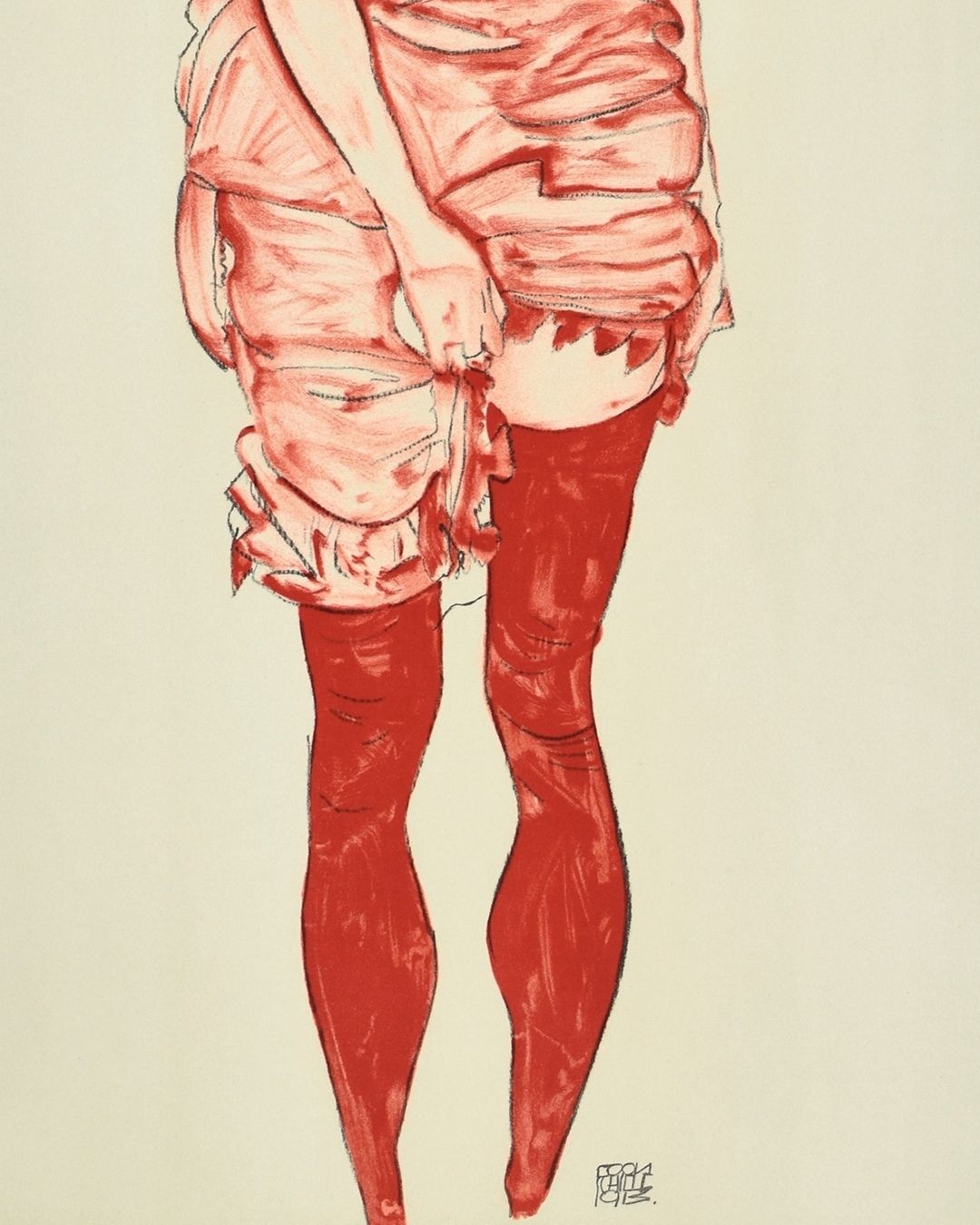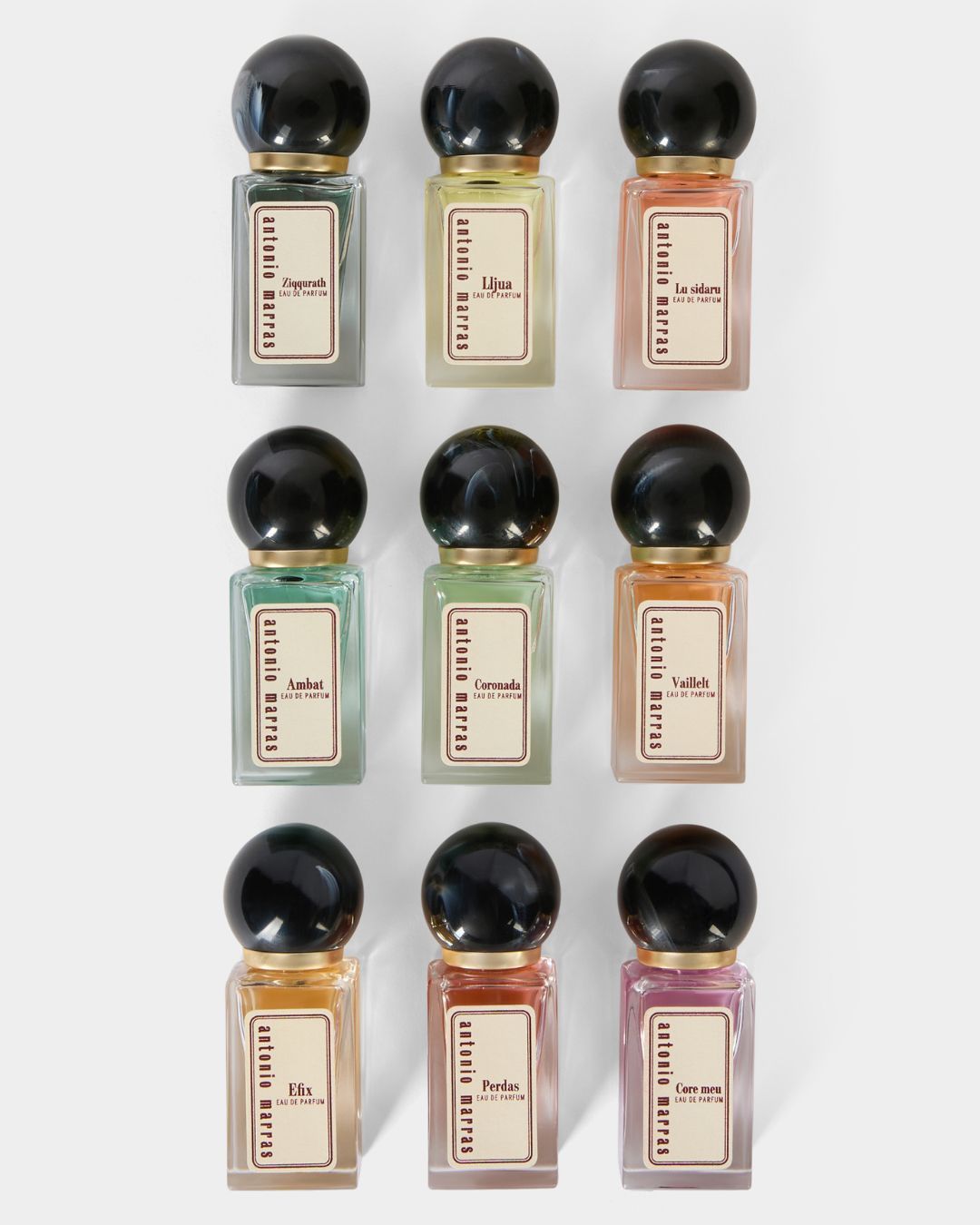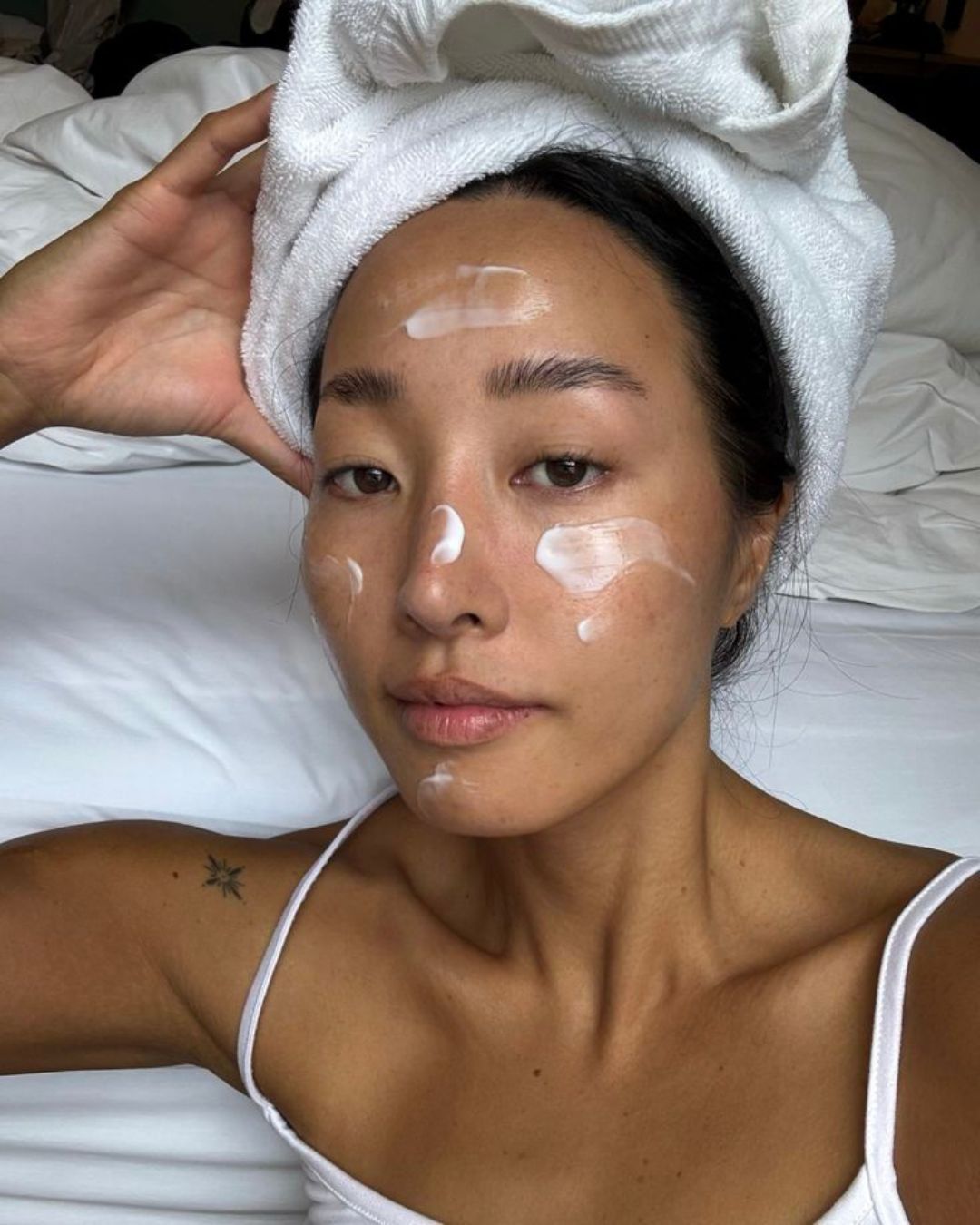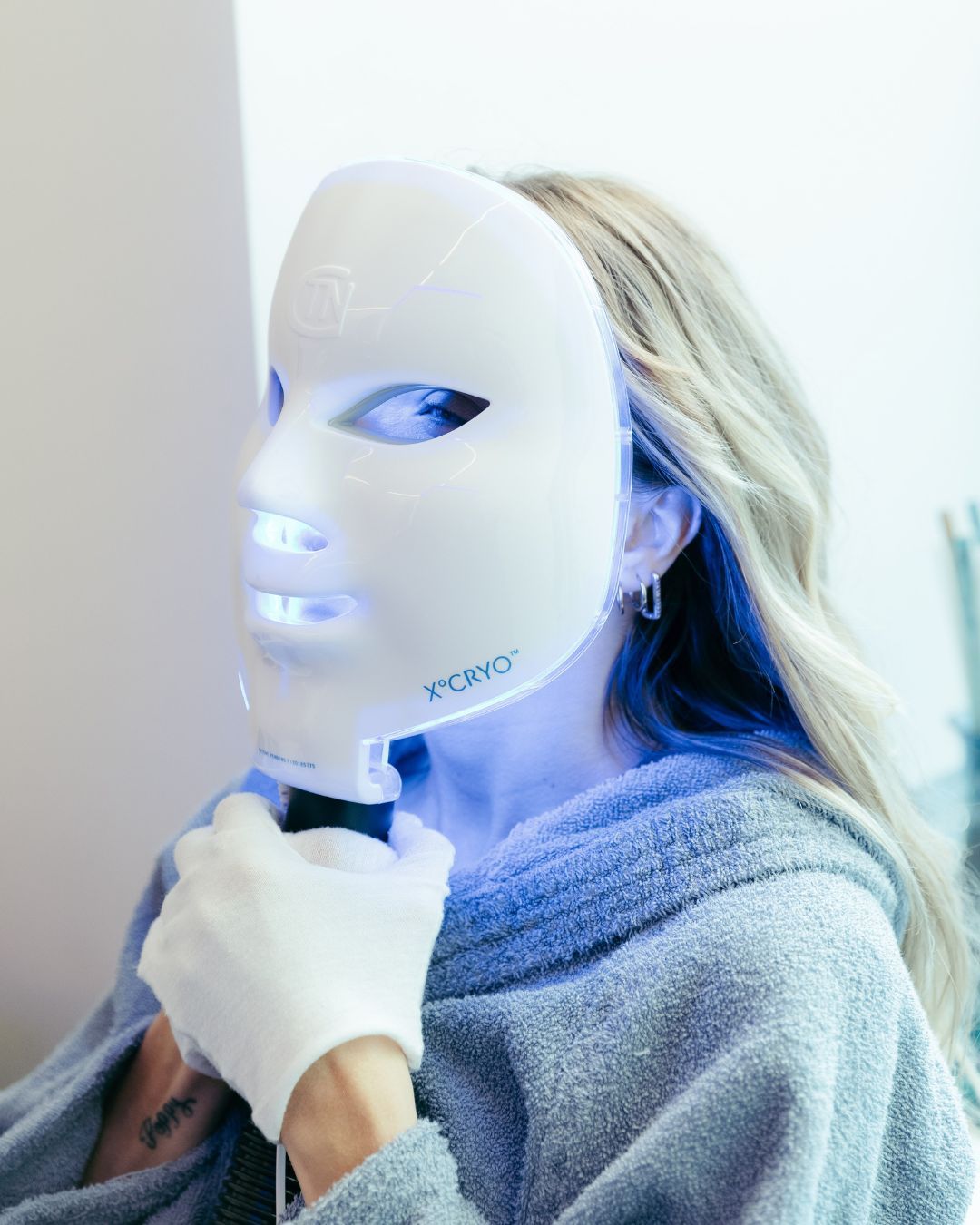
Mini guide on perimenopause What it is, what are the symptoms, remedies and market offerings
If, for some bizarre reason, you ever find yourself typing hot flashes, night sweats, heart palpitations, or insomnia into Google, know that it’s the beginning of the end. The algorithm will point you toward one mysterious term and every possible miracle cure to manage it, from supplements to mindfulness exercises: perimenopause. And heaven forbid you’re over 30. In that case, the targeted ads and spam will become relentless, painting a present filled with uncomfortable symptoms, making you wonder what on earth is happening to your mind and body. You read that right: present. While we often associate menopause with a distant stage of life, perimenopause, with its wild hormonal fluctuations, can be right around the corner—much closer and more disruptive than you might expect.
Just ask Naomi Watts. When she was in her early 30s and planning to have a child, the actress was told she was experiencing early perimenopause, along with all the challenges that come with it. After her initial shock over a condition she had never even heard of, Watts took action. She launched Stripes, a beauty and wellness brand focused on menopausal health. If talking about menopause and perimenopause is still considered taboo, the Australian star’s project is an effort to start a conversation about conditions that are estimated to affect over 1 billion women worldwide by 2025. Yet, until now, these issues have been widely ignored by both the media and the medical field, leaving those who experience them feeling isolated, in pain, and confused.
What is perimenopause?
Perimenopause is the transitional phase leading to menopause, which is officially defined as 12 consecutive months without a period. During this time, the ovaries produce fewer female hormones, causing significant hormonal fluctuations. At birth, a person has between 1 to 2 million eggs in their ovaries. By age 30, that number drops to 10%, and by 40, only 3% remain. During perimenopause, levels of estrogen and progesterone fluctuate unpredictably, leading to a wide range of symptoms, including irregular periods, which may become heavier, lighter, or even disappear for months. The biggest issue? Perimenopause is vague and unpredictable. There is no single medical definition, nor a definitive test to diagnose or treat it. It doesn’t have a clear starting point—it varies from woman to woman. While perimenopause symptoms can begin as early as the mid-30s, most women experience this phase between 40 and 44 years old, influenced by factors such as genetics and lifestyle. The duration is also highly variable, lasting anywhere from a few months to over a decade, with an average range of 2 to 10 years.
What are the symptoms of perimenopause?
As mentioned earlier, the physical, emotional, and cognitive changes of perimenopause are caused by hormonal fluctuations. The impact of shifting estrogen levels, which rise and fall unpredictably like a roller coaster, is so dramatic that perimenopause is often called a second puberty or reverse puberty. There are over 50 recognized symptoms of perimenopause, varying in type and intensity from person to person. In addition to changes in menstrual flow, cycle duration, and frequency, the four most common perimenopause symptoms include:
- Hot Flashes: It is estimated that 35%-50% of women in perimenopause experience sudden sensations of heat, typically beginning on the scalp, face, and upper body. These episodes can last from a few seconds to several minutes and may occur both day and night.
- Sleep Disorders: Around 40% of women report insomnia, frequent nighttime awakenings, and difficulty falling asleep. Night sweats, triggered by hot flashes, can further disrupt sleep, leading to daytime fatigue and exhaustion. Depression and
- Mood Swings: During perimenopause, many experience mood swings, irritability, anxiety, brain fog, memory issues, and trouble concentrating. A study published in the Journal of Affective Disorders found that perimenopausal women have a significantly higher risk of depression, with about a 40% increased likelihood of experiencing depressive symptoms compared to before or after this phase.
- Vaginal Dryness: The decline in estrogen levels can cause thinning of vaginal tissue, leading to reduced lubrication and elasticity. Vaginal dryness may result in itching, irritation, and a higher risk of urinary or vaginal infections. It can also contribute to pain or discomfort during sex, affecting overall sexual health.
Facts, myths, and the business behind perimenopause
For centuries, anything related to the female body, especially intimate health, has followed the Fight Club rule: you don’t talk about it. Ever. Not even among women. And when the topic does come up—when someone dares to mention pain or concerning symptoms—it’s often dismissed as "psychosomatic." The result? A lack of awareness about many women’s health issues, including perimenopause and menopause. In recent years, the veil of secrecy surrounding these natural life stages has started to lift. Discussions are emerging, medicine is beginning to address them, and the wellness industry has discovered their economic potential, offering a range of treatments and products—some more effective than others. The global menopause market was valued at $17.66 billion in 2024 and is expected to reach $18.56 billion in 2025, with projections hitting $27.63 billion by 2033. When it comes to perimenopause, the landscape becomes even murkier. There is widespread confusion about the condition, a lack of in-depth studies, and ignorance—not just among women but also within the medical community. This creates a vast unexplored market, filled with vitamins, mindfulness courses, miracle supplements, femtech startups, and treatments aimed at alleviating perimenopause symptoms, from physical and aesthetic changes to mental health challenges. With so many perimenopause products flooding the market, how can women distinguish science-backed solutions from those that exploit fear and real health conditions, leading them to spend money on ineffective treatments?
What are the treatments for perimenopause?
Perimenopause comes with a wide range of symptoms, and every woman experiences it differently. There is no one-size-fits-all solution or a single pill that guarantees relief. The primary treatment doctors prescribe—after a gynecological evaluation to assess the benefits and risks—is hormone replacement therapy (HRT). This involves hormonal medications tailored in specific formulations and dosages. In many cases, pelvic floor therapy, stress-reduction techniques, and non-hormonal medications for hot flashes or sleep disturbances are also recommended. This is also the category with the most speculation, as various companies promote herbal supplements in pills, patches, teas, powders, and cooling mists. These often contain vitamin B, vitamin D, zinc, and plant-derived compounds such as soy, red clover, maca root, and black cohosh. For example, Drew Barrymore has shared that she takes a pill containing chromium, chaste tree (agnus-castus), and maca root to help manage hot flashes and hormonal weight fluctuations. However, despite their popularity, there is insufficient scientific evidence to confirm that many of these ingredients effectively reduce perimenopause symptoms.
























































